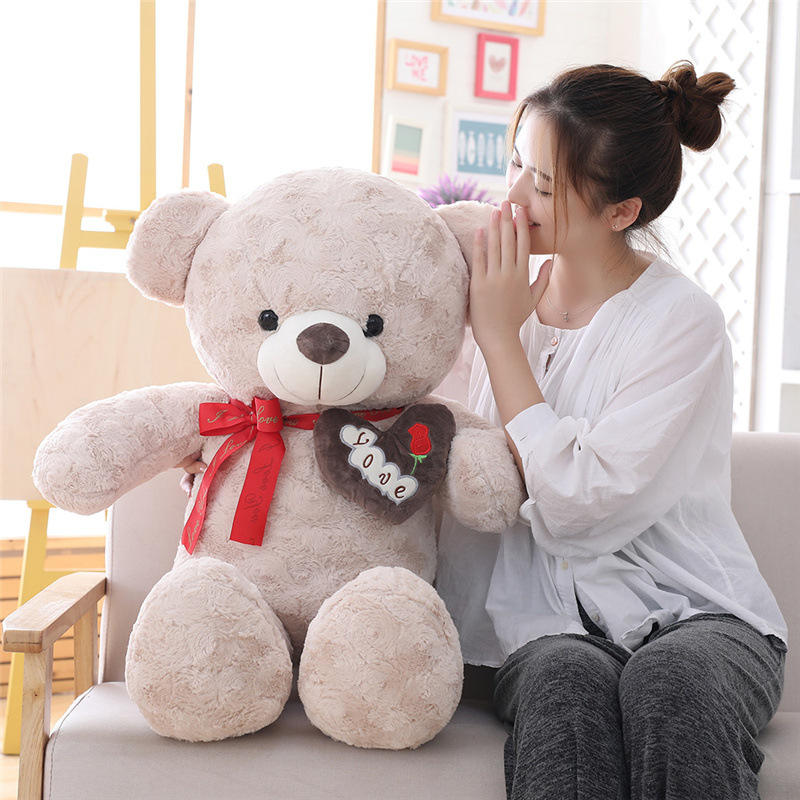Hugging is a natural human behavior that provides comfort and emotional support. The act of hugging stimulates the release of oxytocin, also known as the “cuddle hormone,” which promotes feelings of love and bonding. This is why we often turn to hugging or cuddling when we feel sad, stressed, or anxious.
Teddy bears, as stuffed animals, can serve as a substitute for human touch and provide similar comfort and emotional support. The soft and cuddly texture of teddy bears can stimulate the same oxytocin release as a human hug. In fact, studies have shown that hugging a teddy bear can provide similar benefits to hugging a human, such as reducing stress and promoting feelings of well-being.
Additionally, teddy bears can provide a sense of security and familiarity, especially for children who may experience separation anxiety when away from their parents or caregivers. A teddy bear can serve as a comforting and reassuring presence, providing a sense of familiarity and stability.
The science of hugging and the benefits of teddy bears have led to the development of therapeutic interventions, such as hugging therapy and the use of teddy bears in hospital settings for patients who may be experiencing stress or anxiety.
In summary, the science of hugging explains why we crave the comfort of teddy bears. The release of oxytocin during hugging or cuddling promotes feelings of love and bonding, which can be stimulated by the soft and cuddly texture of teddy bears. Teddy bears can provide a sense of security and familiarity, making them a comforting presence in times of stress or anxiety. The benefits of teddy bears have led to their use in therapeutic interventions, highlighting their importance in promoting emotional well-being.


